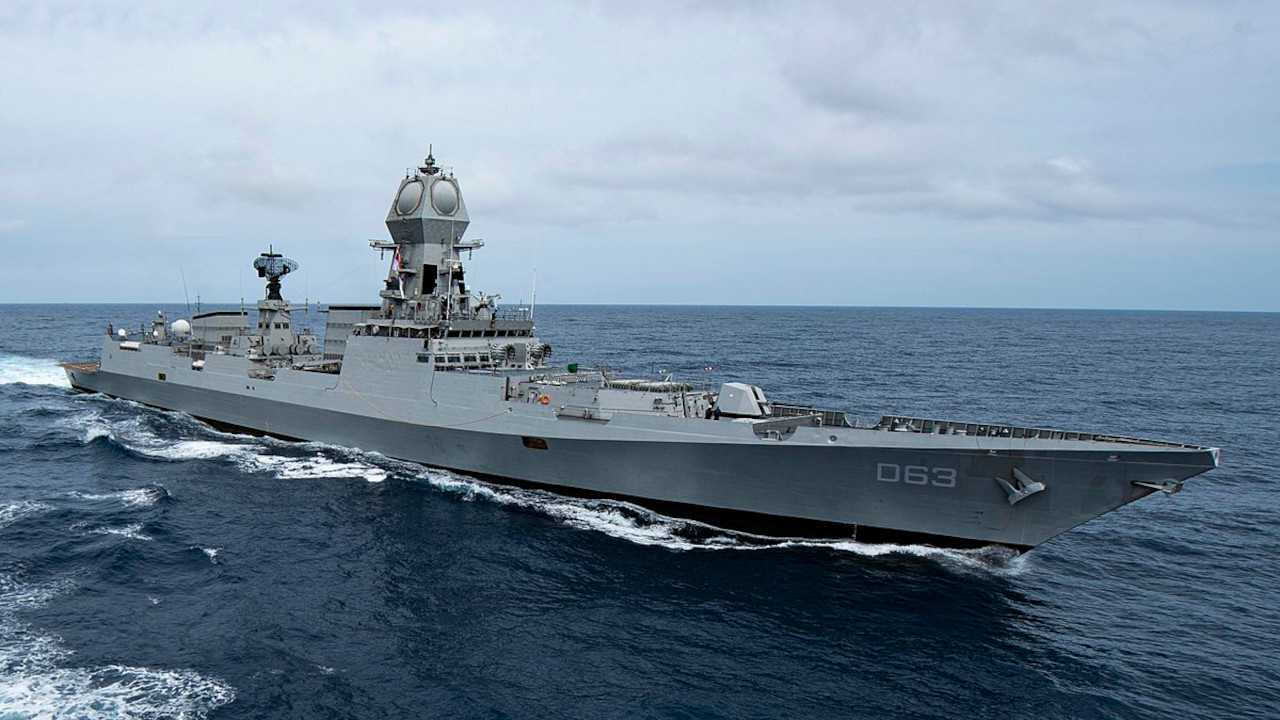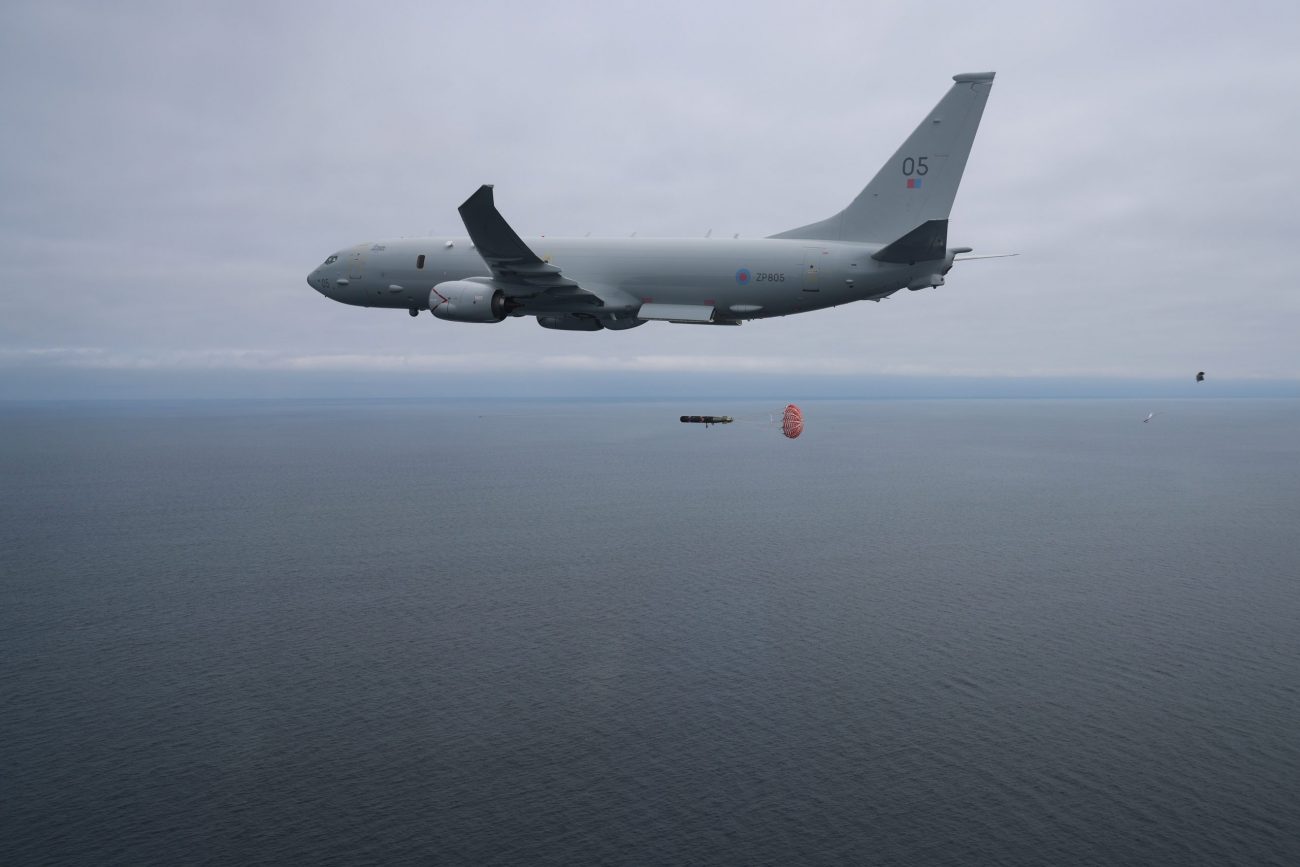By Vice Admiral Shekhar Sinha
Nothing better can describe Sri Lanka’s state as far as the berthing of Yuan Wang 5 at the southernmost tip port of Hambantota is concerned. The “scientific research vessel” arrived on Tuesday, August 16, and received much fanfare from Sri Lankan and Chinese officials. Long live Sri Lanka China friendship placards and little Chinese flags were being jubilantly waved.
Chinese spy vessel Yuan Wang 5 docks at Sri Lankan port of Hambantota this morning. pic.twitter.com/hkO5N8suJ7
— Sidhant Sibal (@sidhant) August 16, 2022
When information about a ship’s arrival became known, Indian officials projected their security concerns since the ship can monitor and track satellites, intercontinental ballistic missiles and intercept satellite communications.
The proximity of Hambantota port to India’s southern peninsula raises concerns if a ship with such capabilities is berthed in the harbor. Upon Indian request, the Sri Lankan authorities requested the Chinese to reschedule their entry.
But subsequently, the arrival was delayed by five days, and the duration of stay was marginally reduced.
China has a series of Yuan Wang research vessels, probably seven in total. They can track satellites and ballistic missiles and monitor communication and radar signatures.
It is believed that they also have the equipment to collect hydrological data, and these ships have been visiting the Indian Ocean and Pacific in the past. Indian Naval ships chased them out when the ship was observed to be in Indian EEZ.
Hambantota port was leased to a Chinese Company (govt owned) for 99 years when Sri Lanka failed to service a debt running into billions of dollars.
On that occasion, the Indian government raised security concerns. Sri Lankan government assured Delhi that no Chinese Warships or Submarines would be permitted to dock at Hambantota unless specifically approved.
India’s security concerns will be taken into account. In the instant case, the vessel has been permitted since it does not fall into the warships category. Legally this logic may be correct, but the ship’s equipment performs all military operations.

Most of the crew are from PLA Navy. Even the ship’s radar has a range of nearly 750 kilometers, which gives it the ability to surveillance all aerial activities in the southern peninsula of India.
One of the Yuan Wang series ships appeared in the Maldives in December 2013. Indian Naval Maritime Patrol Aircraft tracked her throughout. Later a nuclear submarine made its way into the Western Arabian Sea west of the L&M Islands.
It was forced to come up to snort depth for a short duration. In all probability, the nuclear submarine was positioned to monitor the acoustic data of INS Vikramaditya, the aircraft carrier on her maiden passage from Murmansk to Karwar.
However, countermeasures had been put in place, which frustrated the submarine. It was discovered that the submarine communicated to its headquarters through the satellite link provided by the scientific research vessel.
Therefore, we shouldn’t be surprised if it is also on a similar task apart from the one mentioned on the Belt Road Srilanka website, which states that the vessel will be deployed in the northwest Indian Ocean for tracking Chinese satellites.
China’s ulterior motive remains to be seen. Every action of China is opaque. This time even the US warned China that the ship was being monitored.
A detailed analysis will reveal that there are many tasks that the ship may have been tasked to perform. For China, it would track the satellites in orbit over IOR, or new satellites are being launched, which must be in a predetermined orbit or geostationary position very accurately.
It could also monitor the new ICBM trajectory that China is testing for increasing its nuclear arsenal. As mentioned, it could also be the preceding the arrival of a nuclear submarine to act as a communication link.

While it does these tasks for China, it can also perform similar tasks against its adversaries, India and the US. India’s aerial activities in the southern peninsula are quite large, including satellite launch stations and nuclear power plants. The satellite communication between Indian satellites and ground stations could get intercepted.
These are multiple tasks. In all probability, underwater hydrophones and probes can monitor temperature profile and gradient, which are essential ingredients for submarine deployment and torpedo launches.
Indian Navy will have to exercise caution so that non of its essential parameters and activities get monitored/ compromised. Research aerial activities in the southern peninsula must be under abundant precaution.
Indo-Pacific, particularly the Indian Ocean, is becoming crowded, and the Indian Navy’s maneuvering space has shrunk. The area of operation does not provide the same freedom of operations as before China’s economic coercion in India’s neighborhood.
More and more countries in the littoral are headed for a debt trap and will have to exchange for their sovereignty. This creates a bigger security challenge for India. Additionally, the nexus of China and Pakistan worsens the tactical situation.
Time is not far when Chinese ships will frequent ports in the Bay of Bengal and raise the levels of warship activities. To date, the Arabian Sea witnessed warships of over 30 countries, each present to secure SLOCs of their ships, ensuring energy security.
This competition for resources and security has the potential of turning into contestation and, in the worse case, a conflict. Given the display of hostility by China in the Taiwan Strait consequent to the visit of US House Speaker Nancy Pelosi, the unpredictability of its action in the future should be expected.
Sri Lanka is indebted to China for rescheduling loans which led to its bankruptcy. On the other hand, India has already given over $3.5 bn in various types of aid.
Ironically, while a Chinese vessel and Pakistani warship were docking in a Sri Lankan port, the Indian Navy donated a Maritime Patrol Aircraft Dornier to Sri Lankan Air Force around the same time.
What Needs To Be Done?
Hambantota port is on the lease, and China controls the operations. The existing agreement with China prohibits warships and submarines from entering the port, and tracking and research vessels should also be included in the prohibited list.

As of now, Chinese ships have been asked not to indulge in any research work and also keep their Automatic Identification System switched on all the time. There is nothing additional operation which can be done by the ship in the harbor that it cannot do outside the harbor.
The concerns that have been highlighted will remain the same as long as the ship is in the Indian Ocean. Since assets of the US, France, Japan, and EU are present all the time, the ships of Quad countries should come together and continuously monitor the vessel’s activities.
It is time that Quad ships are linked to this partnership grouping and take on the low-end security tasks. Japan, South Korea, and India are a few of the largest oil importers from the Gulf region. The vessel must be made to leave the area at the first instance of any violation.
It must be remembered that even Chinese fishing vessels are militias. They carry communication and intercept equipment. The crew is paid from budgets for surveillance.
These activities are here to stay. It is time for Quad security architecture to be put in place. Days of the peaceful rise of China are long gone. The world must be armed to confront painful China.
- Authored By Vice Admiral Shekhar Sinha, Former CinC Western Naval Commande & Chief of Integrated Defence Staff
- Contact EurAsian Times at etdesk@eurasiantimes.com
- Follow EurAsian Times on Google News




